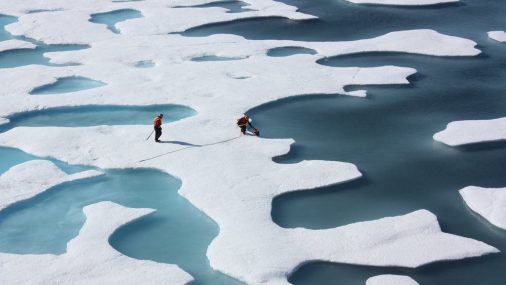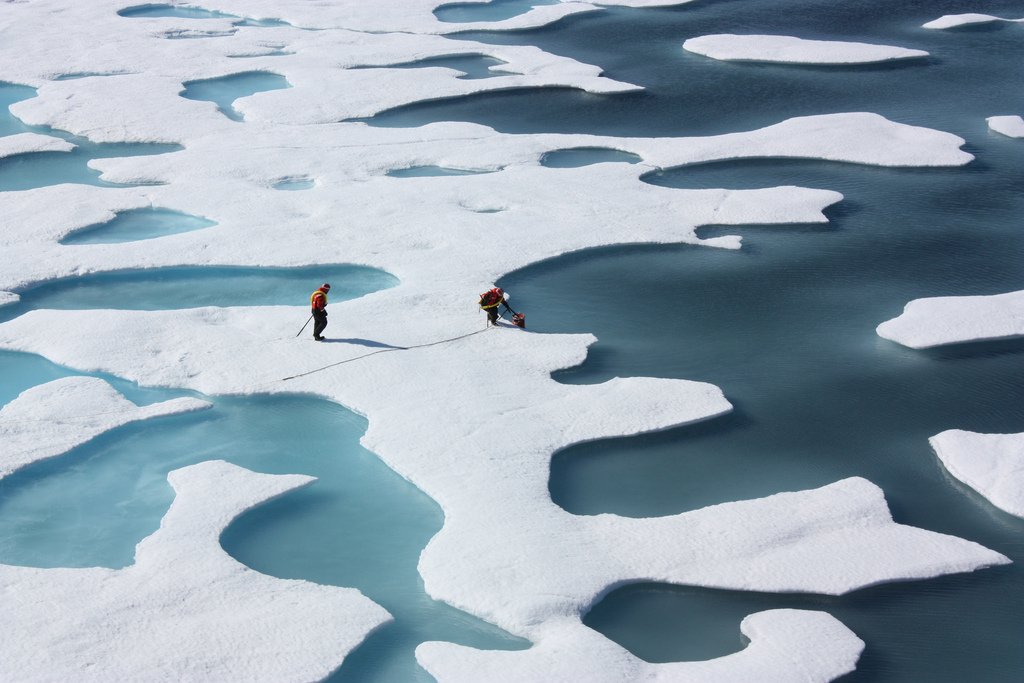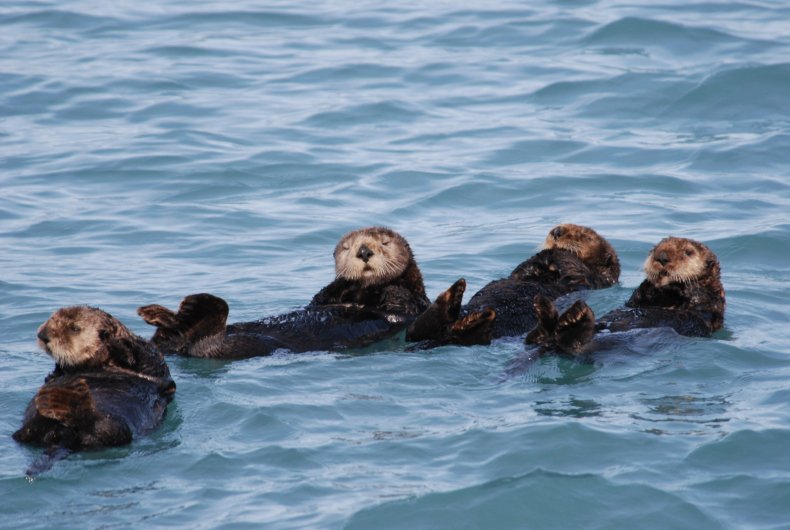

When the Phocine Distemper Virus infects its victims, it produces symptoms that sound eerily familiar: fever, and difficulty breathing.
The respiratory disease affects animals like the harbour seal, of which it was responsible in 1988 for tens of thousands of deaths in the North Atlantic off the coast of Europe. More recently, scientists discovered, it had also infected northern sea otters — on the other side of the world.
Climate change is heating the atmosphere and shrinking the Arctic ice cap to such an extent that gaps are appearing. When these channels in the ice open up, it allows animals to move across territory they couldn’t previously access, researchers have found.

Plying these newly ice-free waters, the animals may have unwittingly provided a free ride for PDV, which eventually jumped across the species barrier to sea otters in the North Pacific, according to the study in the journal Scientific Reports.
“We saw peaks of infection in the years after there had been a channel in the ice,” said Tracey Goldstein, a professor in the department of pathology, immunology and microbiology at the University of California, Davis and one of the researchers, in an interview.
“So that does suggest that, when there was an opening in the ice, the animals were able to move, and bring their viruses with them.”
Read more on Canada’s National Observer
 Previous Article
Previous Article Next Article
Next Article















